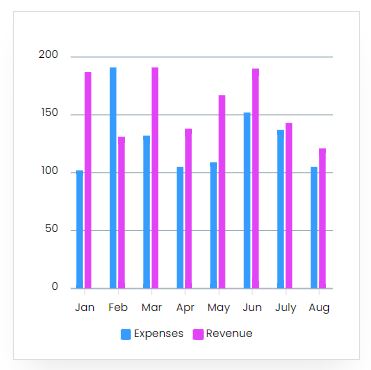Project Report For Printing Ink
Introduction
Project report for Printing Ink is as follows.
Printer ink is created in the same way that paint is. Colored dyes are blended thoroughly with a liquid base. Oil is typically used as the base ingredient in printer ink, either linseed oil, soybean oil, or petroleum distillate. Basic black ink is made by combining carbon black and varnish.
Product & Its Application Of Printing Ink
Printing ink is a recipe-oriented product that requires three fundamental components as inputs.
1. Pigments – used to colour ink. 2. Vehicles – to transfer the pigment to the printing machine’s plate. Binders, extenders, and plasticizers are used to create printing ink for certain applications. Printing ink is classified into three types:
1. Ink for typographic printing.
2. Ink for planographic printing.
3. Printing ink for intaglio.
There are two types of printing ink:
1. Paste forms such as letterpress, offset, screen printing, and so on.
2. Liquid inks such as flexographic, gravure, rotary newspaper, and so on.
Get Completely Custom Bankable Project Report
Manufacturing Process Of Printing Ink
Grinding enables the proper incorporation of dry pigments into the vehicle, which is how printing ink is formed. These two compounds are blended in the right ratios, with or without modifiers, driers, wetting agents, antioxidants, and so on. Depending on the type and caliber of the printing ink, a mixer may employ dough-type mills, triple-roll mills, and agitators.
The materials for Paste Form Ink are thoroughly mixed in a mixer such as a charge pan mixer or a rotary mixer. After mixing, the combined ingredients are run through a triple-roll mill. 7 to 8 passes are made till the desired fineness is reached. For pigmented liquid ink, resin, vehicles, and solvent are ground in a ball mill for 36 – 48 hours. For low-viscosity inks like newsprint ink, gravure ink, and so on.
Colloid mills are employed. However, following correct mixing and grinding, the ink is placed in a suitable container after laboratory testing. Quality Assurance and Standards To achieve acceptable quality and marketability, printing inks must have all of the physical and chemical attributes specified by Indian Standard standards.
The Bureau of Indian Standards has developed specifications for various types of printing ink, which are listed below:
1. IS 5046 printing ink for letterpress
2. Ink for general IS 2105 printing
3. IS 7771 Halftone
4. IS 8744 black newsprint ink
5. IS 6830 general purpose offset ink black
Market Potential Of Printing Ink
The global printing ink market was assessed at USD 19.2 billion in 2020, with a compound annual growth rate (CAGR) of 2.8% projected from 2021 to 2028.
Expenses

Product Cost Breakup

Reveneue Vs Expenses

Market Trend

The global printing ink market is consolidating in order to boost efficiency, support growth, and gain more negotiating power with suppliers and consumers. With low organic growth, market consolidation has been a long-term trend, notably in the western market.
Printing inks are primarily utilized in the production of newspapers, periodicals, and journals. However, due to fast urbanization and consumers’ increasing digitalized needs, the application scope of printing inks has migrated from commercial printing and publication to the packaging industry.
Printing inks are used in the packaging industry to print on packaging materials to make the package appealing to customers, as it is one of the most effective ways to advertise and market items.

